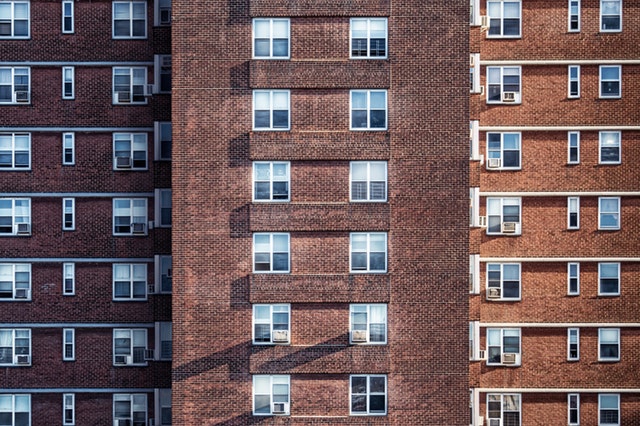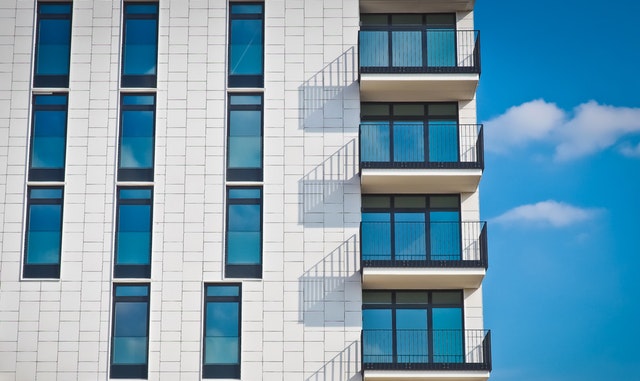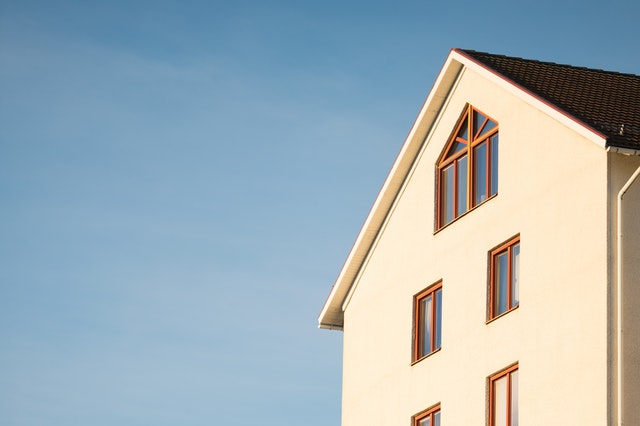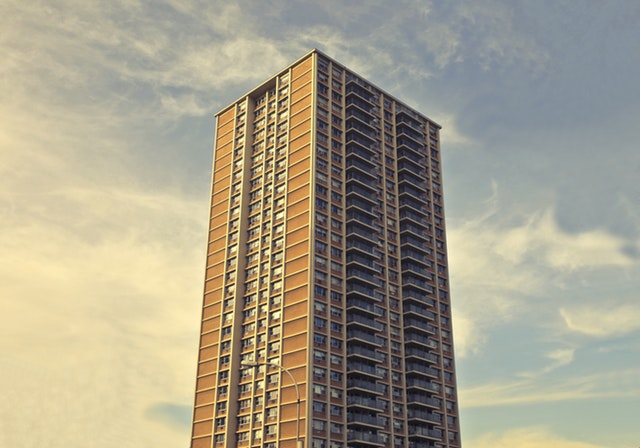Housing availability in Riga did not change in the second quarter
Availability of housing improved in the second quarter of this year in the two capitals of neighboring countries – Tallinn and Vilnius, but remained almost unchanged in Riga, according to Swedbank’s Baltic housing availability review.
This is mainly due to a slight increase in the average apartment price, as well as the still high interest rates for new mortgage loans. In June, the ECB reduced the base interest rates for the first time since 2019, and we predict that the rates will decrease twice more this year. Wage growth has been rapid and will continue at a slightly slower pace. Accordingly, in the second half of the year, the availability of housing is also expected to improve in Riga. In the second quarter of 2024, a household whose income corresponds to 1.5 of the average net monthly salary could afford an apartment of approximately 56 m2 in Tallinn, a little over 50 m2 in Vilnius, with the help of a mortgage loan. On the other hand, the availability of housing in Riga remained relatively high and an average household, diverting no more than 30% of the family’s income to service the mortgage loan, could afford an apartment of around 83 m2 (in the first market – around 41 m2). The activity of the apartment market is weak. Compared to the situation in the 1st quarter, buying activity has increased. However, looking at it in a broader context, it must be concluded that, like the Latvian economy, the housing market is also in stagnation, as the number of transactions in the 2nd quarter was approximately at the level of last year. In the first-time market, the picture is gloomier – the decline in the number of transactions increased slightly and in the first seven months reached almost 40% compared to last year. The number of bookings is also low. According to preliminary data, the weighted average price of apartments in Riga increased compared to the first quarter, and after a year’s decline, it increased compared to the second quarter last year. Although the price drop in series-type and unrenovated houses continued, its impact was surpassed by the prices of first-time and renovated secondary market apartments. The price increase of new apartments remained slightly above 10%, but the rates of price growth have slowed down noticeably. The number of unsold new apartments did not increase, but remained at the highest level in recent years. This gives new property seekers the opportunity to bargain or ask for various “bonus” benefits. However, price adjustments are not expected. Construction costs continue to rise, but the growth rate has normalized.
Read more here










